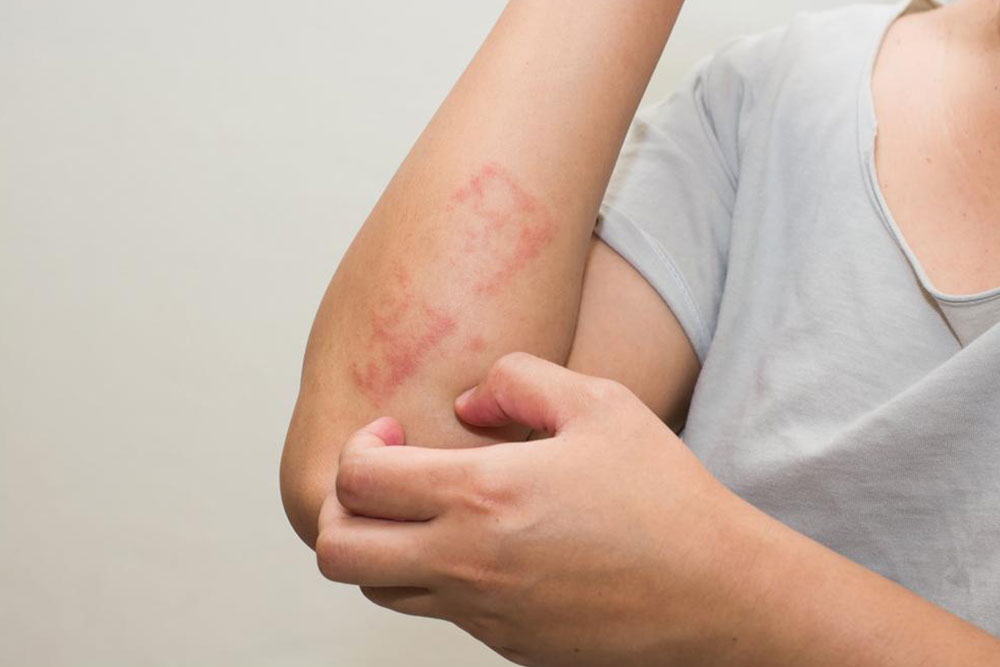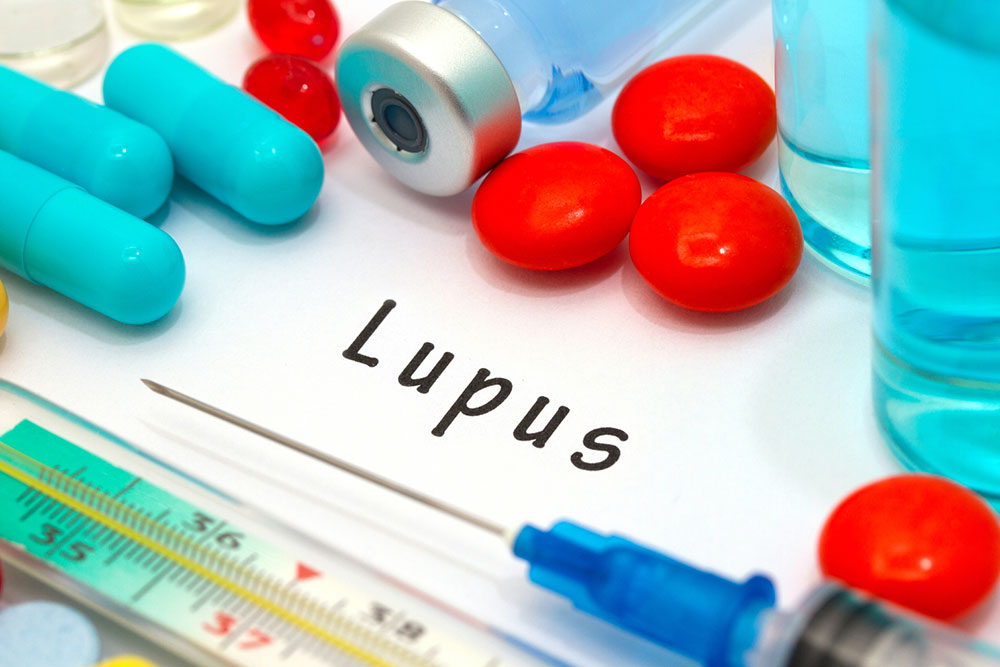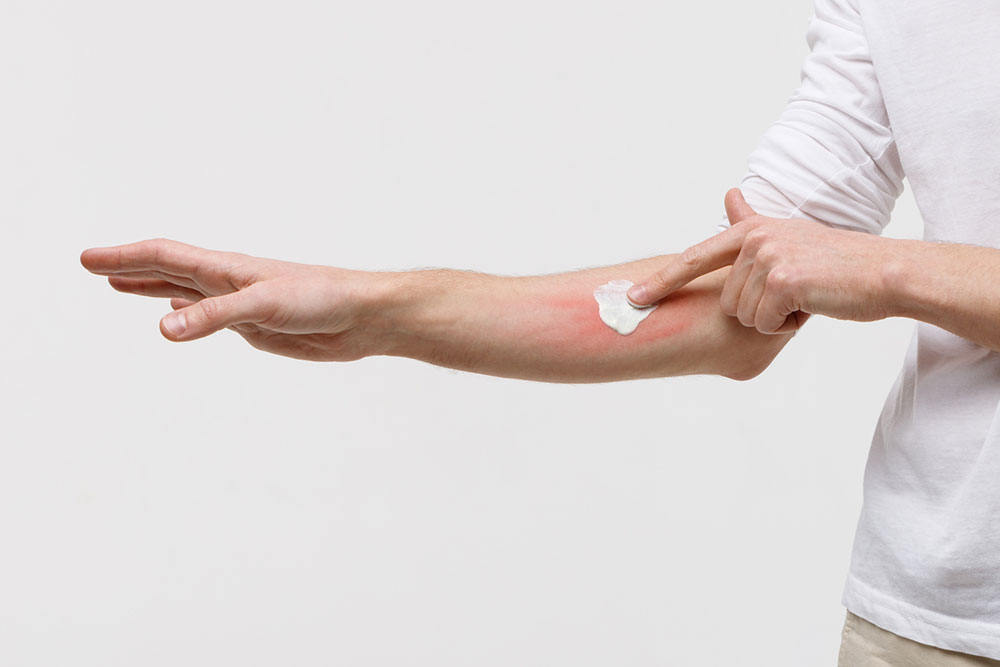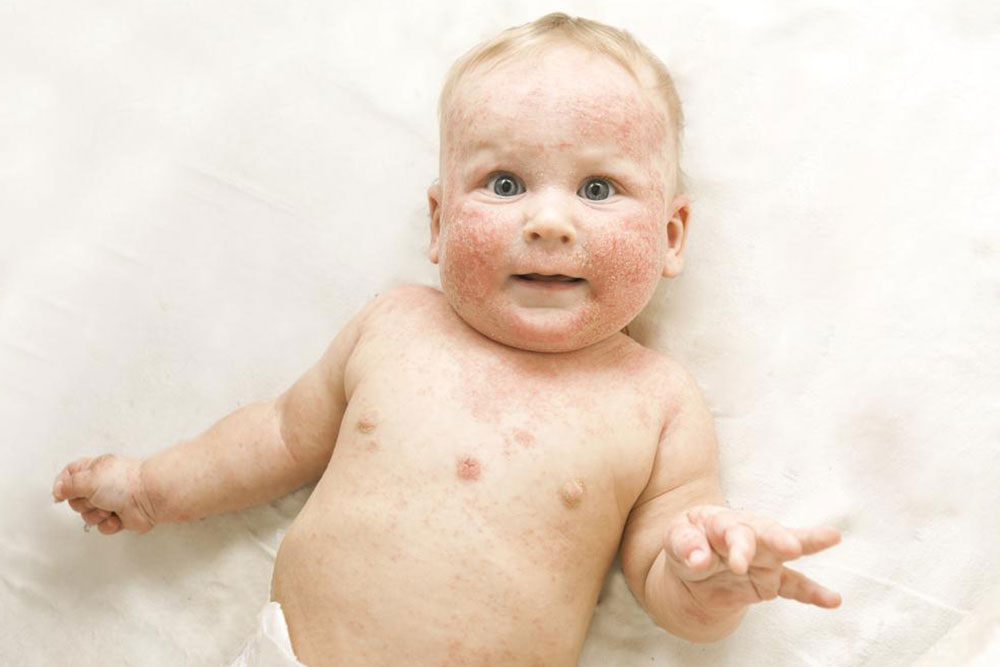Signs and Symptoms of Dermatomyositis You Should Know
Dermatomyositis presents with symptoms like skin rashes, muscle pain, calcium deposits, and systemic signs such as fever and swallowing difficulties. Recognizing these early can improve management and prognosis. Key indicators include characteristic rashes, muscle discomfort, breathing issues, and skin changes, emphasizing the importance of prompt medical evaluation for effective treatment.
Sponsored

Early Indicators and Common Signs of Dermatomyositis
Dermatomyositis is an uncommon autoimmune disorder characterized by muscle inflammation and skin issues. It frequently affects children aged 5 to 15, but adults in their 40s to 60s can also develop the condition. While no definitive cure exists, treatments aim to alleviate symptoms and prevent relapses. Recognizing the early signs is crucial for timely diagnosis and management. Key symptoms include characteristic skin rashes, muscle discomfort, and other systemic indications that warrant medical attention.
1. Skin Rash
A hallmark symptom involves a violet or dusky red rash appearing swollen and itchy, often on sun-exposed areas like the face, eyelids, knuckles, knees, chest, and back. This rash is typically an early sign and should not be ignored.
2. Muscle Discomfort
Persistent muscle pain, not related to injury or overuse, can indicate underlying issues such as dermatomyositis. This pain may interfere with daily activities like standing up or climbing stairs. Immediate medical evaluation is recommended to confirm diagnosis and start appropriate treatment.
3. Calcium Accumulations
Children with dermatomyositis often develop calcium deposits within the skin, muscles, or connective tissues, leading to hardened areas that disrupt normal bodily functions. Recognizing these deposits early is vital for management.
4. Elevated Body Temperature
Fever and unexplained weight loss may accompany dermatomyositis. These systemic symptoms suggest inflammation and need prompt medical assessment.
5. Difficulties Swallowing
Swallowing problems or dysphagia can occur if the muscles of the esophagus become inflamed or damaged. This can cause food or liquids to feel stuck and increase the risk of complications like aspiration pneumonia, requiring urgent intervention.
6. Breathing Difficulties
Unexpected shortness of breath, especially if persistent, might indicate muscle inflammation in the throat or chest, a sign of dermatomyositis. Such symptoms should be promptly evaluated.
7. Voice Hoarseness
Changes in vocal quality, such as hoarseness or strain, can be linked to muscle involvement in the larynx. This symptom, combined with breathing or swallowing issues, warrants immediate medical review.
8. Joint Aches
Widespread joint pain can occur, ranging from mild to severe. While common in various conditions, persistent joint discomfort alongside other symptoms may suggest dermatomyositis.
9. Skin Bumps
Bumps, especially on the elbows and knees, might be soft, hard, inflamed, or asymptomatic. Though they can result from injuries, in some cases, they are linked to dermatomyositis-related skin changes.
10. Stomach Discomfort
Gastrointestinal ulcers are a possible complication, primarily in children, leading to stomach pain, nausea, bloating, and heartburn. Early detection facilitates better management.
11. Pale Appearance
Conditions such as Raynaud’s phenomenon, associated with dermatomyositis, cause fingers, toes, ears, and facial skin to turn pale or cold in response to cold exposure. This reaction can lead to numbness or prickling sensations.






